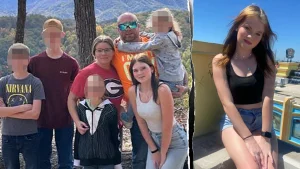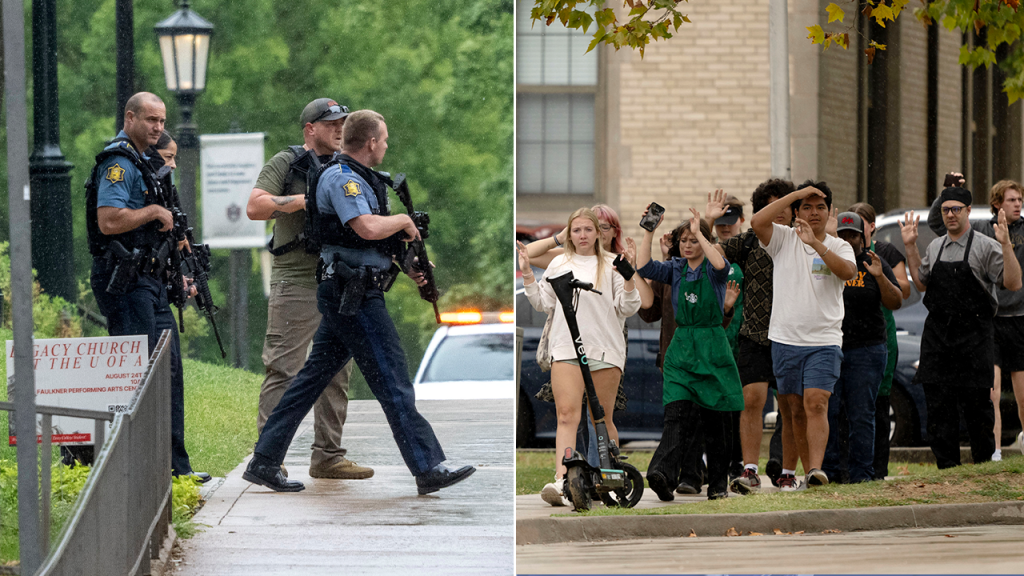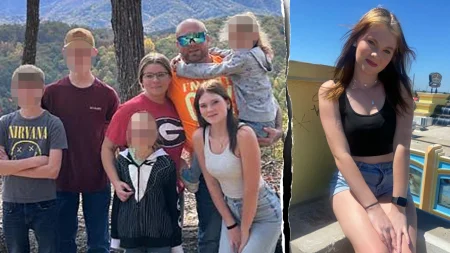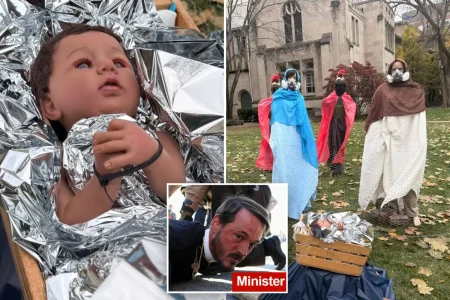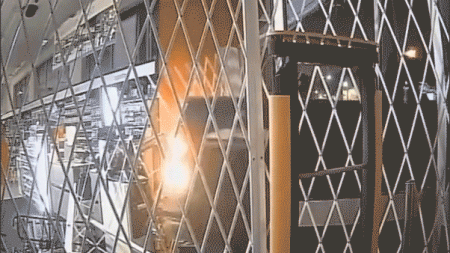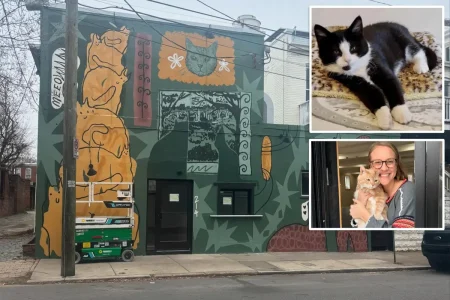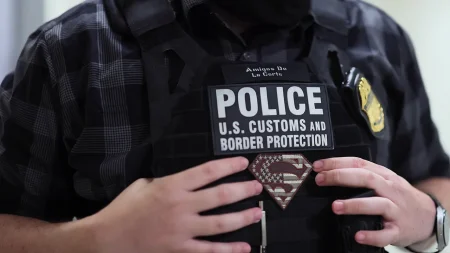Campus Swatting: The New Epidemic Disrupting American Universities
In a troubling trend sweeping across American college campuses, coordinated “swatting” hoaxes have triggered widespread panic, massive law enforcement responses, and emotional trauma for thousands of students. On a single Monday in August, at least six universities faced false active shooter reports, causing campus-wide lockdowns and evacuations that left communities shaken even after the all-clear was given. These incidents—far from harmless pranks—represent a calculated form of disruption that the FBI now confirms is increasing nationwide, prompting federal involvement alongside local investigations.
“Swatting threats are not hoaxes—they’re serious,” explained Ken Trump, President of National School Safety and Security Services. “They disrupt the educational process and throw communities into upheaval.” The term “swatting” describes the deliberate act of falsely reporting emergencies to trigger massive tactical responses from law enforcement. From Villanova University in Pennsylvania to the University of Texas at San Antonio, from Kansas State to the University of Colorado Boulder, campus communities have been forced into terrifying shelter-in-place scenarios only to later learn they were victims of elaborate deceptions. At the University of South Carolina, what appeared to be a person with a rifle was simply someone carrying an umbrella, but not before the campus endured hours of lockdown. The University of Arkansas received over 300 calls reporting active shooters in seven different buildings—all fabricated.
The psychological impact of these incidents extends far beyond the immediate disruption. Even after threats are deemed false, the emotional aftershocks continue to ripple through campus communities. “We’re in the state of the greatest ambiguity, uncertainty, and anxiety around school safety than I’ve ever seen in my career,” noted Trump. Students who barricaded themselves in classrooms or dormitories, frantically texting loved ones while fearing for their lives, don’t simply return to normal when the all-clear sounds. Villanova University President Rev. Peter Donohue acknowledged this reality after his campus fell victim to a swatting incident during student orientation: “Today’s events have shaken our entire community.” The trauma lingers long after police determine there was no actual threat, creating what safety experts describe as “an enduring psychological impact” that affects students, faculty, and parents for “days, weeks, and months.”
The law enforcement response to these incidents highlights the impossible dilemma facing police. “Every call has to be treated as real. There is no other option,” explained retired FBI Special Agent Jason Pack. “Even when the details raise suspicion, the response is still full scale.” This reality means that even obvious hoaxes must trigger complete emergency protocols—evacuations, tactical teams, and comprehensive building searches—consuming enormous resources and potentially drawing attention away from genuine emergencies elsewhere. The Federal Bureau of Investigation has taken notice, confirming to Fox News Digital that they’re seeing a nationwide increase in swatting events and are working closely with local agencies to investigate these coordinated threats. “Swatting is a crime that endangers entire communities,” Pack emphasized. “Treating it with the full weight of law enforcement from local patrol officers to the FBI working across borders is the only way to prevent one of these hoaxes from ending in tragedy.”
What makes these incidents particularly troubling is their sophistication. At Villanova, callers described a man with an AR-15-style weapon and included background noises mimicking gunfire. A separate call claimed someone had been shot. The University of Arkansas received hundreds of calls reporting shooters in multiple buildings simultaneously. The University of Kansas State, Iowa State University, Northern Arizona University, and the University of New Hampshire all reported similar tactics targeting campus libraries—suggesting coordination or at least copycat behavior. Pennsylvania Governor Josh Shapiro directed state police to use “every tool available” to track down those responsible, stating: “I know today was every parent’s nightmare, and every student’s biggest fear.” Campus police departments are partnering with the FBI to analyze patterns, trace calls, and identify those responsible for what the University of Tennessee-Chattanooga police department called “a criminal act, intended to be disruptive and cause chaos.”
The timing of these incidents appears deliberate, with many targeting the first days of classes or orientation weeks when campuses are already navigating the challenges of new students and returning community members. The University of Texas at San Antonio faced its hoax on just the second day of classes, with students temporarily evacuated from on-campus housing while authorities investigated. Kansas State University’s incident struck on the first day of classes, targeting Hale Library. The University of South Carolina’s false alarm interrupted Sunday evening activities near the Thomas Cooper Library. The randomness in geographical distribution—spanning from Pennsylvania to Arizona, from New Hampshire to Texas—coupled with the similar targeting of central campus locations like libraries suggests a coordinated effort to maximize disruption across American higher education. As the FBI continues its investigation and campus communities work to restore their sense of security, one thing remains clear: these are not harmless pranks but calculated acts designed to terrorize academic communities, drain public safety resources, and exploit the very real fears of gun violence that have become an unfortunate part of American educational experience.

